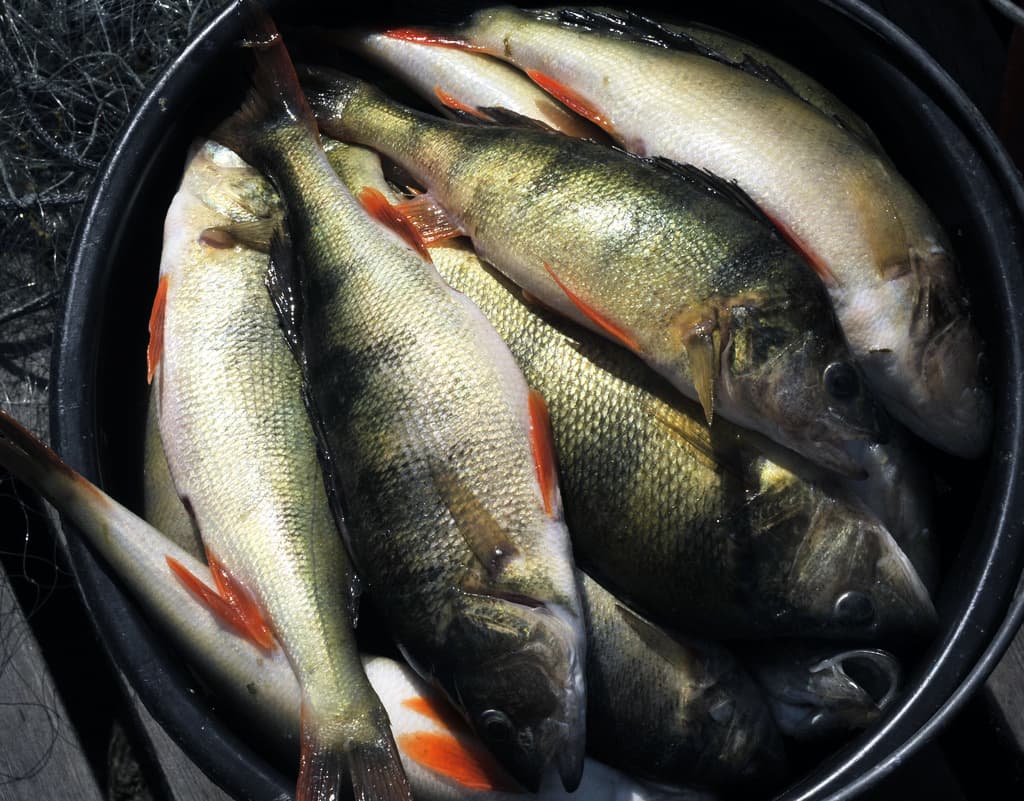All fish examined from Vättern has an elevated level of the environmental toxin PFAS. Therefore, certain groups should not eat Vättern fish more than a maximum of two to three times a year.
This applies to children, young people, pregnant women, breastfeeding women, and those who wish to become pregnant in the future. Others should not eat Vättern fish more than a maximum of twelve times a year.
The new recommendations have been developed by four county administrative boards in consultation with the National Food Agency.
"Fish is healthy and most people eat too little fish. However, fish from certain lakes can contain elevated levels of environmental toxins that can harm health in the long term. Therefore, it is essential to follow dietary advice and vary the type and origin of fish consumed", says Sabina Litens Karlsson, toxicologist at the National Food Agency, in a press release.
PFAS are chemicals that break down extremely slowly and therefore accumulate in nature and in our bodies. In the long term, they can increase the risk of various negative health effects.
The PFAS levels in crayfish have been shown to be significantly lower than in fish in previous studies. New studies of crayfish will be conducted during the summer.





